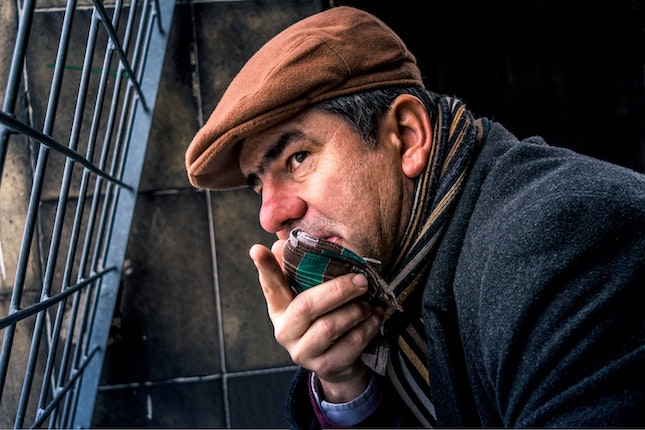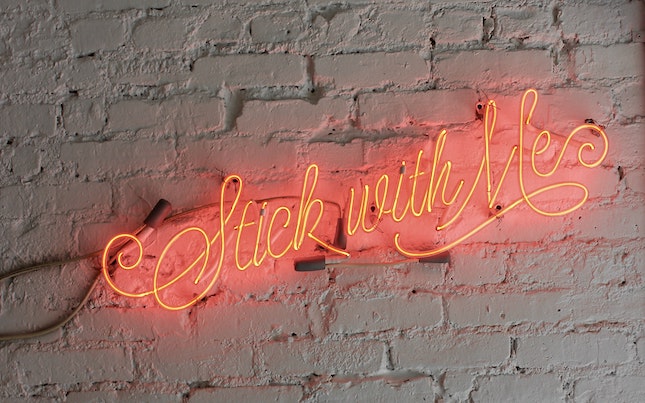The Prickly Beginning
A Scene is a Revelation
Writing advice for beginning novelists can be confusing, like to start with a hook or show the hero’s everyday world. It’s easy to go way off track by starting with a sex scene to “grab” reader attention and then go on to something else that proves that first scene is extraneous. Or, in the everyday world the hero wakes up, looks in the mirror in the bathroom complete with a physical description, and then goes to the kitchen to make breakfast.
Neither of these devices gets your reader into the story. That’s your job at the beginning. Reassure readers that the story you promised feels like the genre they want, gets your protagonist in action right away, and delivers a dilemma that keeps them reading for more.
What Readers Want in the First Chapter
- Introduce and focus on the sleuth
- Make sure the tone reflects the tone of your story – your reader wants to know if they like the way the story is told
- Show a weakness and a strength so the reader gets to know the character
- Let the reader know they are in the genre they expect
Once you know what needs to be at the beginning, you can start your opening scene.
The Opening Scene
Start with your sleuth in the middle of something in his everyday world. Give him a want. It can be small – returning spoiled cabbage to the grocery store, attempting to reach a partner/friend/girlfriend. Show his emotions – disgust, anger, eager to connect for tonight’s dinner/bowling night/ date. Show his emotions.
Something impedes your sleuth’s progress. Aim to make this happen on the first page. A stranger/opposition/friend asks for help/tells him to drop tonight’s date/pushes him down as they flee (your choice). The stranger can be a key suspect as the mystery unfolds or the murder victim or your sleuth left his weapon at home or lost a phone connection or… Show your sleuth’s emotional response to this interruption.
The key is to cause a disturbance, something prickly, in the protagonist’s world. Now you are bringing your reader into the story. Your sleuth and your reader will experience an emotional change from the beginning to the end of the scene.
Each emotional response ties your reader to your hero in ways just telling action will not do. Focus on the emotional world of your protagonist. Represent the emotions through action and dialogue. When the protagonist’s emotion change you bring the reader into the story.
You Don’t Have to Get it Right, Just Get It
Meet reader expectations right away with genre, tone, main character and a weakness and a strength while constructing a scene based on an emotional shift.
- Reveal a small piece of the way the world works for your sleuth.
- Character wants something – ask the question
- Something impedes – present the conflict
- Confronts for success or failure – answers the question
- An emotional unit that changes the character’s state
The purpose of story is to give the reader an emotional interpretation of the world. Focus your opening scene on that interpretation. Disturb your character in their world. Give him a prickle.
Zara Altair
Photo by Joao Ferreira Gomes on Unsplash





